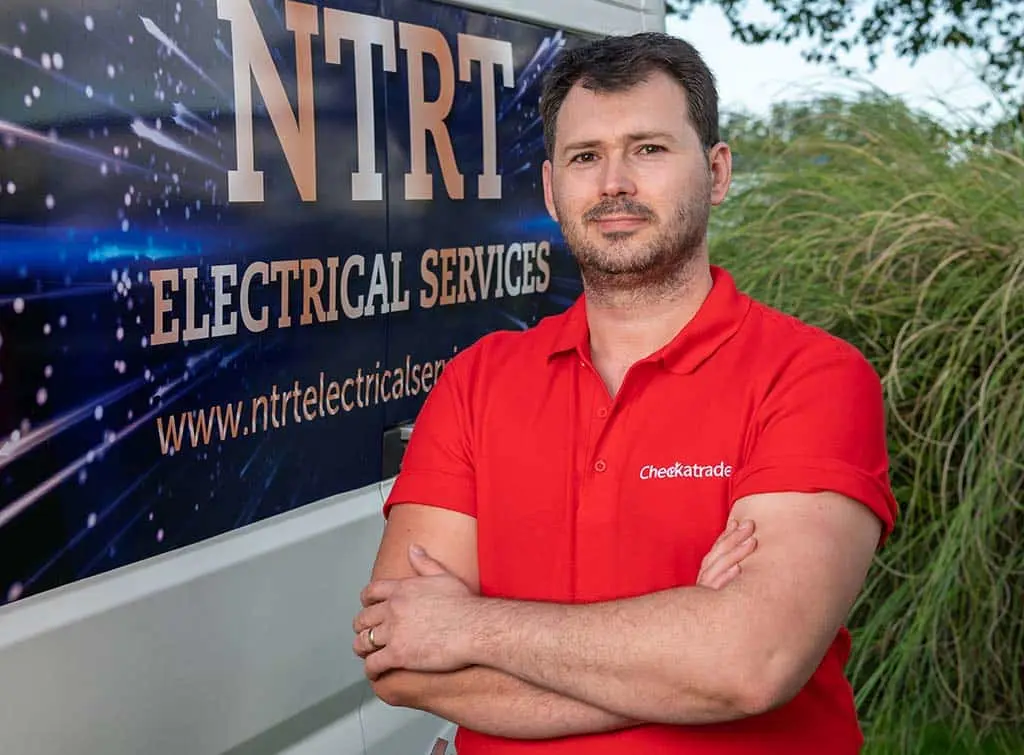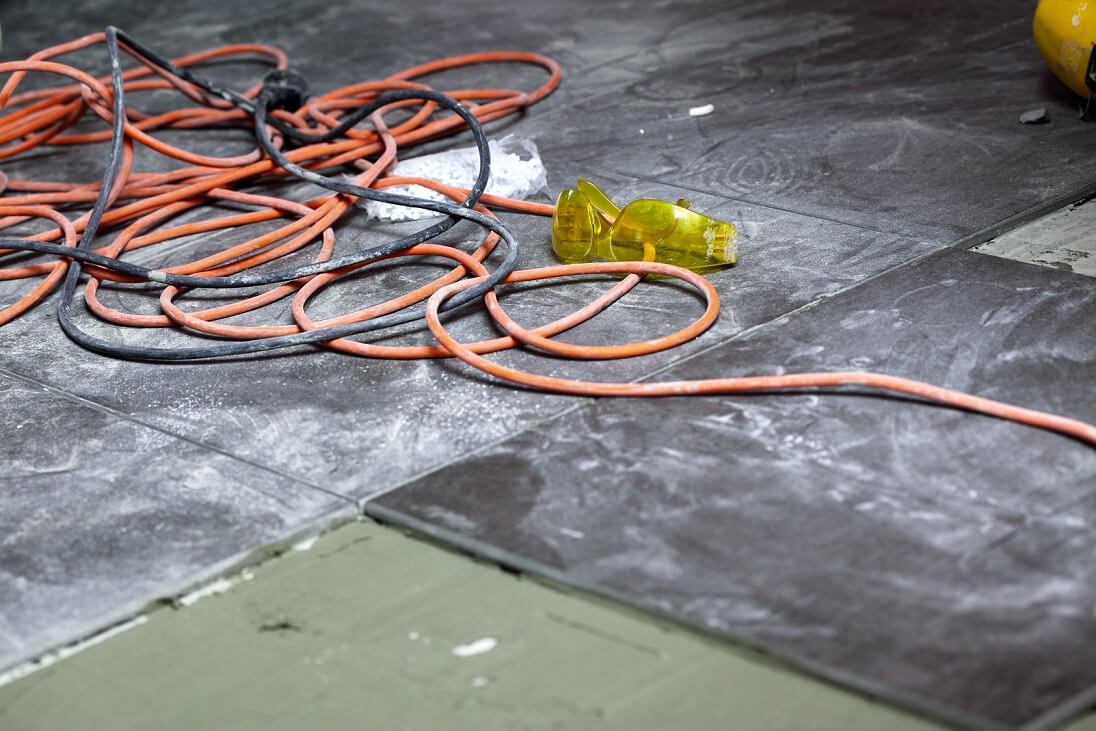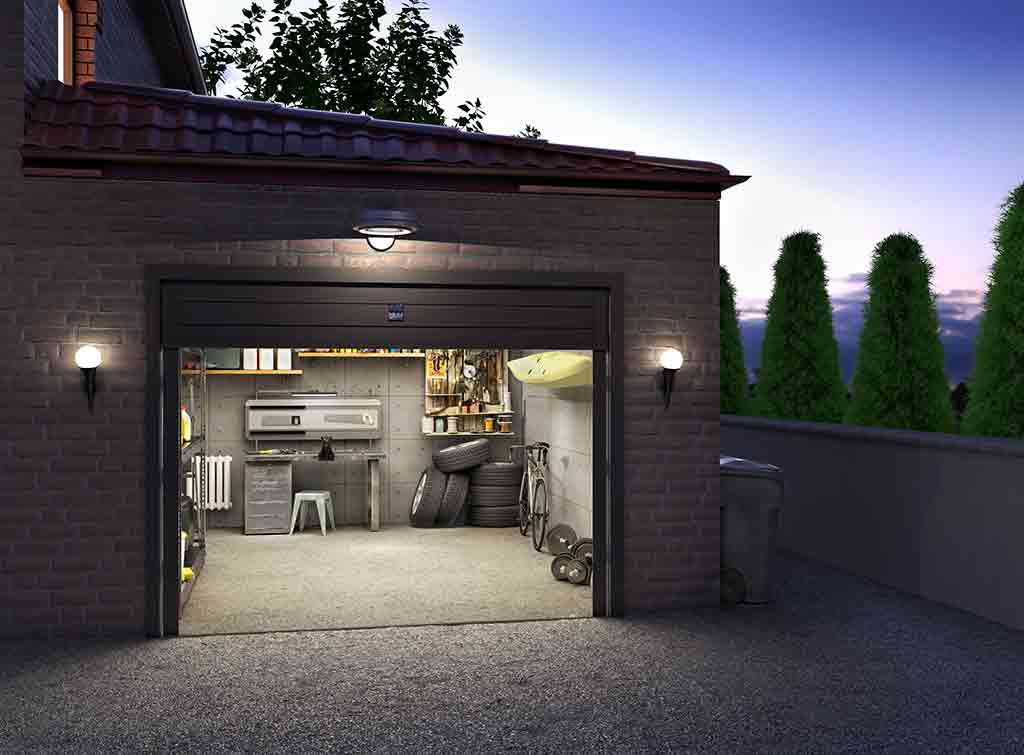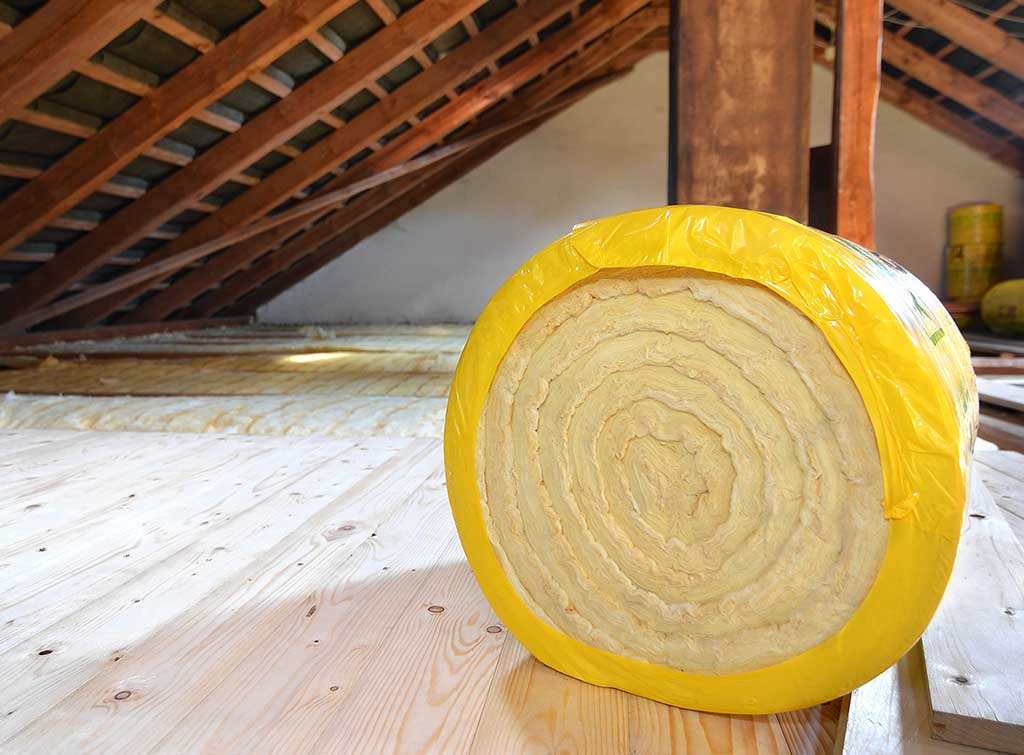Blog>Planning Guides>Planning for an electrical safety check
Last updated: 5 July 2024
Planning for an electrical safety check
An electrical safety check primarily helps to ensure the safety of your property and its occupants. Whether you're a homeowner or landlord, our complete guide outlines everything you need to know about the process.

An electrical safety check is one of the most important ways to keep your property and its occupants safe. As a landlord, it's also a legal requirement to ensure regular inspections.
Here, we look at how to prepare for an electrical safety check, what the process includes, and why you shouldn't put this important property maintenance task off.
We also help to clarify some of the terminology surrounding electrical safety checks, including 'Fixed Wiring Test' and 'Electrical Installation Condition Report (EICR)'.
See the tradespeople we've checked and recommend for your job
Why should I get an electrical safety check?
An electrical safety check involves thorough inspection and testing of the electrical installations in a property to make sure they're safe and compliant. It offers peace of mind and ticks four major boxes:
Safety - Faulty or outdated electrical installations can be hazardous, causing electric shocks and even fires
Prevention - An electrical safety check is an important facet of property maintenance to help identify issues before they become more serious and/or costly to repair
Compliance - Electrical checks for landlords are a legal requirement to ensure that all electrical installations in their rental properties are safe
Insurance - Many insurers require properties to have an up-to-date electrical safety certificate. Failing to have this could invalidate your insurance policy
Who can carry out an electrical safety check?
An electrical safety check should only be carried out by a qualified and competent electrician. This guarantees they are experienced, insured, and appropriately qualified to complete the inspection and produce an Electrical Installation Condition Report (EICR).
Find a qualified electrician with the UK's leading directory
Search your postcode to quickly and easily find trusted and approved electricians who can issue an EICR near you.
See the tradespeople we've checked and recommend for your job
What does an electrical safety check include?
There are several key parts to an electrical safety check. These include:
1. Visual inspection
Your electrician will begin with a visual inspection of the electrical system. They'll be looking for signs of wear and tear, damage, or components that no longer comply with current standards.
2. Testing
Next up, the testing can begin. There are several different tests carried out under an electrical safety check including a Fixed Wiring Test, PAT Testing, and Safety Device Checks.
Fixed Wiring Test
A Fixed Wiring Test is one of the core components of an electrical safety check. It focuses on the condition and safety of all electrical wiring and installations that are fixed to a property.
Your electrician will look at the condition and safety of:
The electrical wiring in your property
The fuse boxes and circuit breakers
All fixed electrical equipment, for example, sockets, switches, and lighting fittings
Earthing and bonding of the electrical system
They'll conduct the following tests:
Continuity Testing: To ensure that all electrical conductors are continuous
Insulation Resistance Testing: To check all electrical conductors are properly insulated
Polarity Testing: To make sure the wiring is connected correctly
Earth Fault Loop Impedance Testing: To check the effectiveness of the earthing system
RCD Testing: To ensure they trip as required to prevent electric shock
Portable Appliance Testing (PAT)
While a Fixed Wiring Test inspects the safety and compliance of electrical installations fixed to a building, Portable Appliance Testing (PAT) covers electrical equipment that can be moved. That is, portable or plug-in appliances.
PAT testing involves visual inspections for obvious signs of damage or wear and tear, and electrical tests to ensure they're safe to use.
Safety Device Checks
An electrical safety check can also involve ensuring safety devices such as smoke detectors and carbon monoxide detectors are functioning properly.
3. Reporting
Once the inspection and testing are complete, your electrician will provide you with an Electrical Installation Condition Report (EICR).
This outlines the findings, including any defects or issues that must be addressed, and recommendations for remedial work.
EICR classification codes
Your electrician will use classification codes to indicate the outcome of their inspection and testing:
Code 1 (C1): Danger present, risk of injury
Code 2 (C2): Potentially dangerous
The inspector may make any C1 hazards safe before leaving the property. However, for both codes C1 and C2, the report will state that the installation is unsatisfactory for continued use and remedial work is required.
NB. Landlords must provide written confirmation that any remedial work or further investigation has been carried out within 28 days of completing the work.
Further Investigation (F1): Further investigation is needed without delay
Code 3 (C3): Improvement recommended. Remedial work is not required, but doing so would improve the safety of the installation

On Checkatrade, you'll only find trades who meet our high standards and pass up to 12 checks.
How often should I get my electrical systems checked?
The frequency of electrical safety checks depends on the type of property and its use.
Private homes
It's recommended homeowners have their electrical installations inspected and tested every ten years. If you're experiencing any electrical issues, contact an electrician without delay.
Rented properties
Electrical checks for landlords must legally take place every five years or upon change of tenancy.
Commercial properties
The recommendations vary depending on the type of business. But generally, commercial properties should be inspected every five years.
Industrial properties
These properties tend to have a higher electrical load and usage. Typically, an inspection is required every three years.
Special locations
Properties with specialist installations, such as swimming pools or spas, may require more frequent inspections. Typically every three years or as recommended by an electrician.

How long does an electrical safety check take?
An electrical safety check typically takes around 3 - 4 hours for an average-sized property.
However, larger properties, those with complex electrical systems, accessibility issues, or a greater number of circuits and installations, will take longer - possibly up to a full day.
How much does an electrical safety check cost in [year]?
From electrical safety checks to electrical installation condition reports, these test can help keep your loved ones safe and secure. Find out the full costs.
How do I prepare for an electrical safety check?
Preparing for an electrical safety check is quite straightforward.
Access is one of the key factors that will help your electrician to complete the inspection efficiently.
Ensure easy access to all areas of your property where electrical installations are located (fuse boxes, sockets, switches, etc.) by moving any furniture or obstacles that are in the way
It can be handy for your electrician to know the history of your electrical systems, so dig out any previous electrical installation certifications, maintenance records, or reports
Make a list of any concerns you have with your electrical system so they can be specifically checked during the inspection
Finally, keep pets and children away from the work area while the electrician is conducting the inspection
Find a qualified electrician in your local area
Finding a competent, trusted electrician to complete your electrical safety check needn't be difficult.
We check and approve all our members, so you can be confident in the tradesperson you hire for the job.
We’re so confident in the quality of the trades on Checkatrade that if you book through us, we guarantee their work up to £1,000. Guaranteed for 12 months – Eligibility and T&Cs apply.
Simply search your postcode to find reliable experts near you.
See the tradespeople we've checked and recommend for your job
More Planning Guides
More Electrical Installation Condition Report - Safety Checks - EICR Articles
See the tradespeople we've checked and recommend for your job




